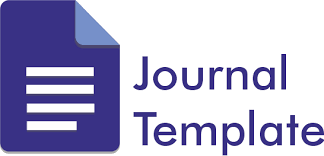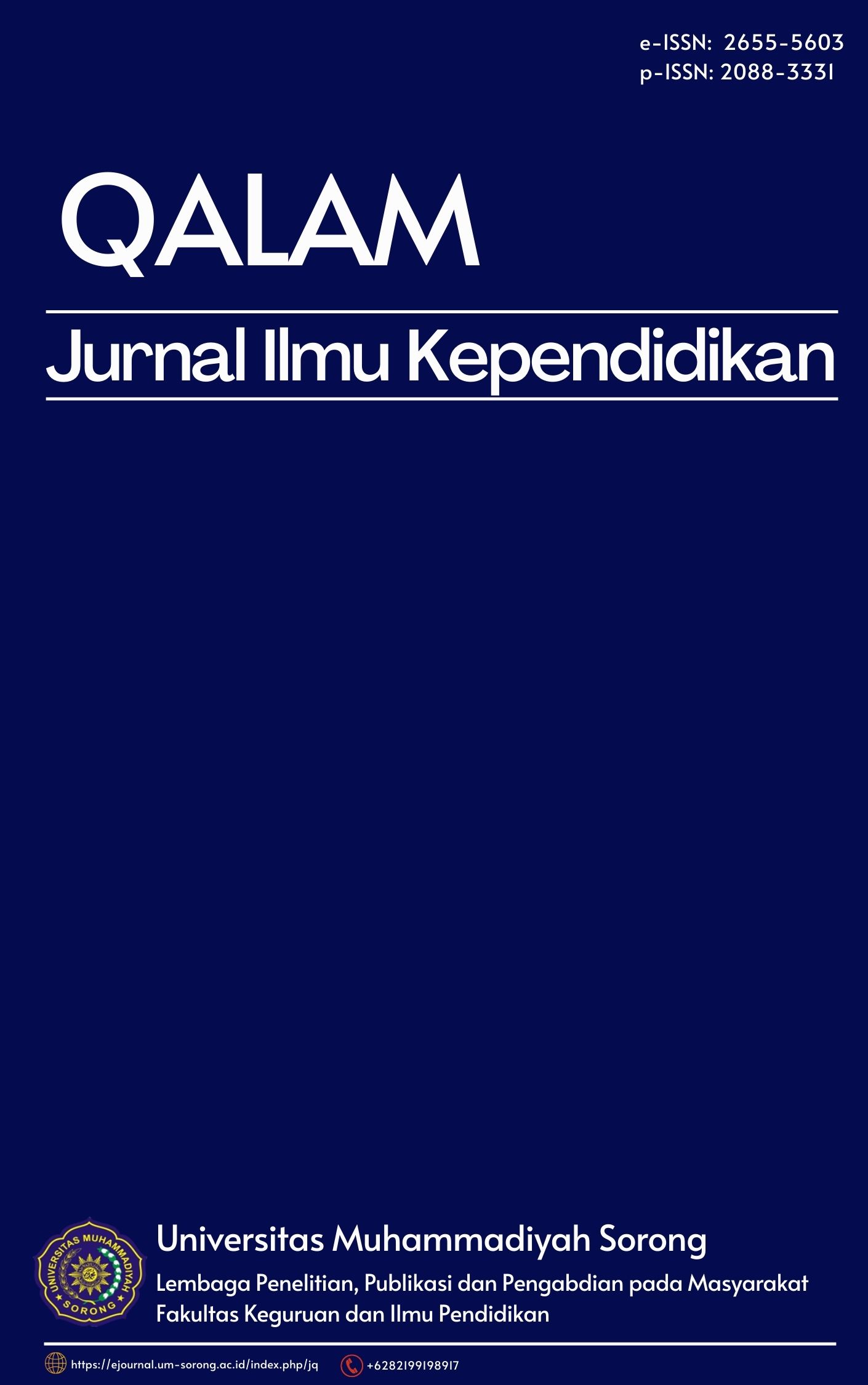Strategi Guru, Motivasi Peserta Didik dan Hasil Pembelajaran Tahfizh al-Qur’an di Madrasah Ibtidaiyah Muhammadiyah Teluk Kuantan Singingi
DOI:
https://doi.org/10.33506/jq.v10i1.1285Keywords:
learning outcome, motivation, strategyAbstract
This research was conducted to see how teacher strategies, motivation and student learning outcomes in the hifzil Qur'an subject at MI Muhammadiyah Teluk Kuantan. This study was motivated by symptoms in the field such as low motivation of students to memorize the Koran, rarely depositing their memorization and carrying their daily memorization book. This study used a qualitative descriptive approach to see how the teacher's strategy in learning hifzil Qur'an as well as the motivation and learning outcomes of students at MI Muhammadiyah Teluk Kuantan. The results of the research show several things including; MI Muhammadiyah Teluk Kuantan has not implemented the standard strategy used by teachers in learning hifzil Qur'an. The hifzil Qur'an learning strategy that is given to each teacher so that they can adjust and give birth to new innovations in the learning process. The motivation of the next students to follow hifzil Qur'an learning at madrasah was quite good. It is also a scale with learning outcomes dominated by a range of values from 84-92. In fact, most of them also scored above the number 93. Only a few of the students did not complete the hifzil Qur'an learning.
References
Alghafli, Z., Hatch, T. G., Rose, A. H., Abo-Zena, M. M., Marks, L. D., & Dollahite, D. C. (2019). A Qualitative Study of Ramadan: A Month of Fasting, Family, and Faith. Religions, 10(123), 1–15. https://doi.org/10.3390/rel10020123
Ansyah, S., Ritonga, M., & Alrasi, F. (2020). Sistem Kaji Duduak Sebagai Strategi Pembelajaran Maharah al-Qira’ah di Madrasah Batang Kabung. Arabi : Journal of Arabic Studies, 5(2), 191–200. https://doi.org/10.24865/ajas.v5i2.257
Bambang. (2019). Profil Pendidikan dalam Perspektif Al-Quran. Ruhama: Islamic Education Journal, 2(2), 47–68.
Braver, T. S., Krug, M. K., Chiew, K. S., Westbrook, J. A., Clement, N. J., Adcock, R. A., Custers, R., Barch, D. M., Botvinick, M. M., Carver, C. S., & Cools, R. (2014). Mechanisms of motivation–cognition interaction: challenges and opportunities. Cogn Affect Behav Neurosci., 14(2), 443–472. https://doi.org/10.3758/s13415-014-0300-0
Djalal, F. (2017). Optimalisasi Pembelajaran Melalui Pendekatan, Strategi, dan Model Pembelajaran. Sabilarrasyad, II(01), 31–52.
Khafidah, W., Wildanizar, Tabrani, Nurhayati, & Raden, Z. (2020). The Application of Wahdah Method in Memorizing the Qur’an for Students of SMPN 1 Unggul Sukamakmur. IJIEP: International Journal of Islamic Educational Psychology, 1(1), 37–49.
Kim, S., & Seidman, E. (2019). Improving 21st-century teaching skills: The key to effective 21st- century learners. Research in Comparative & International Education, 14(1), 99–117. https://doi.org/10.1177/1745499919829214
Mcclurg, L., & Morris, R. (2014). Shaping Student Behaviors Through Reward Systems: Lessons From Beaver Trapping? Journal of Higher Education Theory and Practice, 14(2), 89–102.
Meiers, M. (2014). Teacher Professional Learning, Teaching Practice and Student Learning Outcomes: Important Issues (T. Townsed & R. Bates (eds.)). Springer. https://doi.org/10.1007/1-4020-4773-8
Nurlaili, Ritonga, M., & Mursal. (2020). Muroja’ah Sebagai Metode Menghafal al-Qur’an Studi Pada Rumah Tahfiz Yayasan Ar-Rahmah Nanggalo Padang. Menara Ilmu, XIV(02), 73–82.
Nurrita, T. (2018). Pengembangan Media Pembelajaran untuk Meningkatkan Hasil Belajar Siswa. Misykat, 03(01), 171–187.
Petriani, Ritonga, M., & Lahmi, A. (2020). Pengaruh Pendekatan Contextual Teaching and Learning (CTL) terhadap Motivasi dan Hasil Belajar PAI Siswa SMPN 1 Sasak Ranah Batahan. Inovasi Pendidikan, 7(1), 39–49.
Sabri, A. (2020). Trends of “Tahfidz House†Program in Early Childhood Education. Jurnal Pendidikan Usia Dini, 14(1), 78–93. https://doi.org/10.21009/JPUD.141.06
Sartika, F., Desriwita, E., & Ritonga, M. (2020). Pemanfaatan media pembelajaran dalam meningkatkan motivasi dan hasil belajar PAI di sekolah dan madrasah. Humanika, Kajian Ilmiah Mata Kuliah Umum, 20(2), 115–128. https://doi.org/10.21831/hum.v20i2.32598
Shahneaz, M. A., Akhter, S., & Yasmin, N. (2014). The Impact of Teacher and Technology in Class Room. Journal of Education and Practice, 5(27), 79–83.
Syaripuddin, S., & Baso, A. S. (2020). Makna Menghafal Al-Qur’an Bagi Masyarakat Kampung Lempangeng Desa Boddie Kec. Mandalle Kab. Pangkep. Al-Tafaqquh: Journal of Islamic Law, 1(1), 49–72.
Downloads
Published
How to Cite
Issue
Section
License
The article copyright is owned by the author and Qalam: Jurnal Ilmu Kependidikan

This work is licensed under a Creative Commons Attribution-ShareAlike 4.0 International License.




